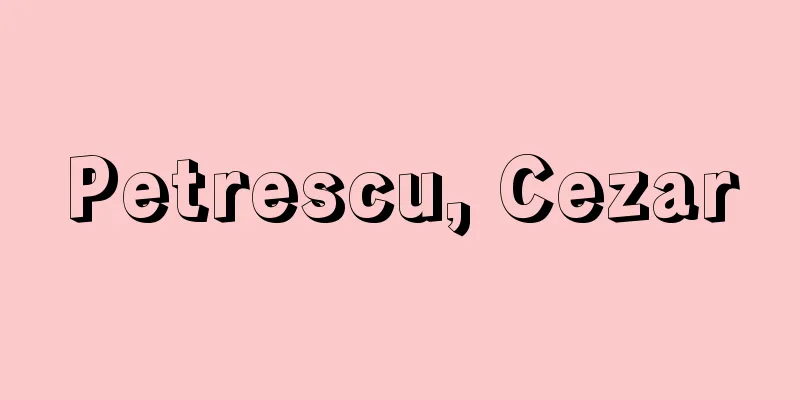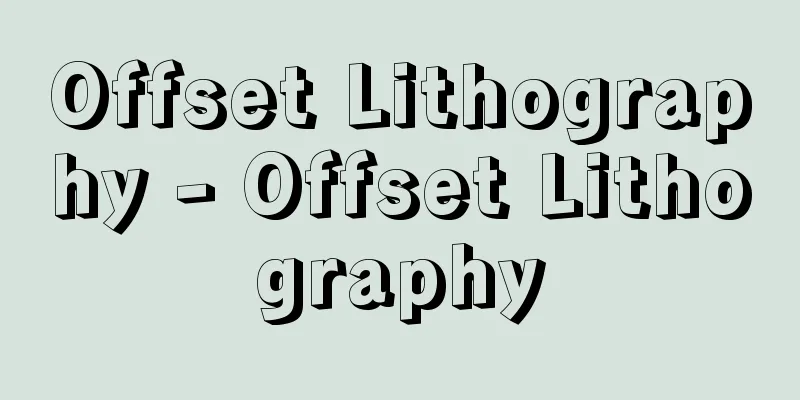Allan Kaprow

|
American contemporary artist. Known as the founder of "happening." Born in Atlantic City, New Jersey. Studied painting under Hans Hofmann and majored in art history at Columbia University. In the 1950s, he met painter Jackson Pollock and became interested in his action painting, which was created through physical movements. He also studied under composer John Cage at the New School in New York for two years from 1956, which became the catalyst for his radicalization of physical expression in everyday environments into art. The word "happening" was coined from a performance by Kaprow entitled "18 Happenings in Six Parts" held at the Reuben Gallery in New York in the fall of 1959. Happenings, which mean "events," are performances held in galleries, theaters, outdoors, or on the street, and unfold in real space, sometimes involving the audience along with the physical expressions of the artist and collaborators, and including accidental elements. This type of performance, which seeks to remove the barriers between art and everyday life, began to attract the participation of visual artists such as Claes Oldenberg and George Segal in the 1960s, and from 1965 onwards spread internationally through the various activities of the Fluxus group, which included artists from various genres, as well as Korean artist Nam June Paik's happenings using video technology. Kaprow served as a professor at the State University of New York from 1961 to 1966, taught at universities around the country, and was active as a contemporary arts organizer. The "art of action" by visual artists that he founded has become established as a form of contemporary art, even though it has changed its name to events, intermedia and even performance. [Koichiro Ishizaki] "Bijutsu Techo" No. 315 (1969, Bijutsu Shuppansha)" ▽ "Allan Kaprow; an exhibition sponsored by the Art Alliance of the Pasadena Art Museum (1967, Pasadena Art Museum, California)" [References] | | | | | | | | | |Source: Shogakukan Encyclopedia Nipponica About Encyclopedia Nipponica Information | Legend |
|
アメリカの現代美術家。「ハプニングhappening」の創始者として知られる。ニュー・ジャージー州アトランティック・シティに生まれる。ハンス・ホフマンに絵画を学び、コロンビア大学で美術史を専攻した。1950年代に画家ジャクソン・ポロックと知り合い、その身体的動作で描かれるアクション・ペインティングに関心を寄せていた。また1956年から2年間ニューヨークのニュー・スクールで作曲家ジョン・ケージに師事したことが、日常的環境のなかで行われる身体表現の過激な芸術化の契機となった。ハプニングということばは、59年秋ニューヨークのルーベン画廊で催されたカプローによる「六つの部分からなる18のハプニング」と題された公演から生まれた。「出来事」を意味するハプニングは、画廊や劇場、野外や街頭で行われる公演であるが、作者と協力者の身体表現とともに、ときに観客を巻き込み、偶発的要素を含みながら現実空間のなかで展開する。芸術と日常の垣根を取り払おうとするこの種の公演は、1960年代になるとクレス・オルデンバーグ、ジョージ・シーガルなどの美術家も参加し、65年以降には韓国人アーティスト、ナム・ジュン・パイクのビデオ・テクノロジーを用いたハプニングをはじめ各ジャンルのアーティストが参加したフルクサス・グループの多様な活動などを通じて、国際的に広まっていった。カプローは1961年から66年までニューヨーク州立大学教授を務めたほか、各地の大学で教鞭(きょうべん)をとり、現代芸術の組織者として活動した。彼が創始した美術家による「行為の芸術」は、イベント、インターメディア、さらにはパフォーマンスなどと名前を変えながらも、現代芸術の一形式として定着している。 [石崎浩一郎] 『『美術手帖』315号(1969・美術出版社)』▽『Allan Kaprow ; an exhibition sponsored by the Art Alliance of the Pasadena Art Museum(1967, Pasadena Art Museum, California)』 [参照項目] | | | | | | | | | |出典 小学館 日本大百科全書(ニッポニカ)日本大百科全書(ニッポニカ)について 情報 | 凡例 |
<<: Gabrovo - Gabrovo (English spelling)
Recommend
NVV - N.V.V.
The Dutch trade union federation FNV (Ferdinand V...
MI5 - MI Five
Military Intelligence 5 is the nickname for the Br...
Cyperus imbricatus (English spelling)
…[Tetsuo Koyama]. … *Some of the terminology that...
Large crustaceans - Ogata koukakurui
…A general term for the group of animals belongin...
Silhouette - Shiruetto (English spelling) silhouette French
A monochrome image with the inside of the outline...
ingungu
…In some regions, instead of a stick, horsehair o...
Karawamage - Karawamage
...There are various theories about the origin of...
Ausekris - Ausekris
...He often proposed marriage to her daughter at ...
Upper Silesia - Kamisironsk
…The Moravian Gate has long been a key trade rout...
Dried foods - Dried fruits
It is a general term for relatively preserved foo...
Schmitt, Carl
Born: July 11, 1888 in Plettenberg [Died] April 7,...
Francisco Gómez de Quevedo y Villegas
Spanish politician, poet, and novelist. Born in M...
Props
〘Noun〙① Small tools and implements. ※Ishiyama Hong...
Artificial hatching - jinkou fuka
Artificial hatching of eggs from poultry, silkwor...
Marcion
A heretic of ancient Christianity. His life and i...









